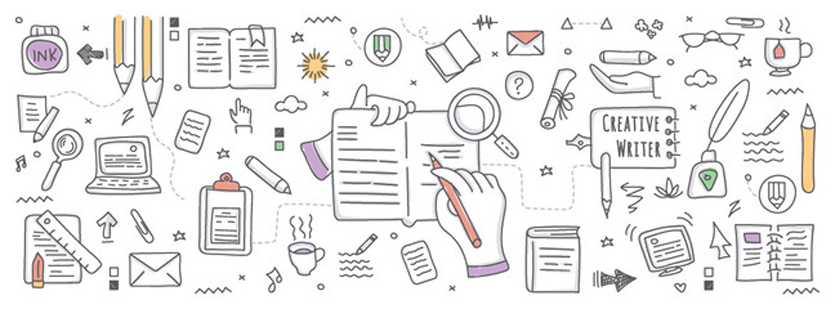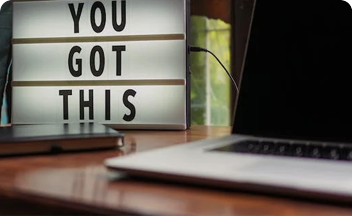Introduction to Product Engineering
Product engineering is the backbone of turning creative ideas into tangible solutions that impact our lives. It encompasses the entire lifecycle of a product, from its inception to its market debut. This intricate process involves not only the integration of various technical disciplines but also an understanding of market dynamics, user needs, and business goals. By harmonizing these elements, product engineering ensures that innovative and successful products are brought to fruition
The Product Engineering Process
The journey of product engineering is a meticulously crafted sequence of stages, each contributing to the final product's success. These stages are:
- Ideation : This marks the product's genesis, where an idea's initial spark takes form. Brainstorming sessions, market trends, and customer pain points converge to shape the product's concept.
- Design : Once the concept is solidified, designers work meticulously to create a blueprint. They meticulously define the product's aesthetics, functionalities, and user interface, ensuring it aligns with the intended user experience.
- Prototyping : Prototyping brings the design to life. Engineers create physical or digital prototypes to simulate the product's behavior and functionality. This iterative phase enables identifying design flaws and refining features.
- Testing : Rigorous testing is conducted to validate the prototype's performance under various conditions. This step ensures the product meets quality standards and user expectations, identifying potential issues early on.
- Refinement : Based on testing feedback, the design undergoes refinement. This could involve adjustments to the product's features, performance, or materials, ensuring optimal performance and user satisfaction.
- Manufacturing : The product moves into the manufacturing phase with a refined design. Engineers work alongside production teams to translate the design into a tangible product, addressing manufacturability and scalability.
- Launch : The final product is introduced to the market, backed by a well-defined marketing and distribution strategy. This phase involves engaging with customers, gathering feedback, and continuous improvement.

Importance of Product Engineering in Business Growth
Product engineering goes beyond creating a product; it catalyzes business growth. By strategically aligning engineering efforts with business objectives, companies can achieve the following:
- User-Centric Approach : Product engineering places users at the forefront, resulting in products that cater to specific needs and preferences. This customer-centric approach drives user satisfaction and loyalty.
- Efficient Manufacturing : Engineers collaborate with manufacturing teams to optimize production processes. Streamlined manufacturing leads to cost savings, increased productivity, and quicker time-to-market
- Competitive Edge : Well-engineered products with unique features give companies a competitive advantage. Such products attract a loyal customer base and establish the brand as an industry leader
- Innovation : Through continuous improvement and innovation, product engineering fuels a company's ability to stay relevant in a dynamic market. This agility ensures adaptability to evolving trends and technologies
The Role of Prototyping in Product Engineering
Prototyping is the bridge that transforms abstract ideas into tangible prototypes. It serves as a powerful tool for :
- Validating Concepts : Prototypes allow designers and engineers to test the feasibility of their ideas before committing to full-scale production. This validation mitigates the risk of investing resources in unviable concepts.
- Functionality Testing : Prototypes enable comprehensive testing of the product's functionality, identifying potential flaws or areas for improvement. This iterative testing minimizes design flaws and enhances the user experience
- Visualizing Design : Prototypes visually represent the product's design and aesthetics. This visualization aids in communicating the product's potential to stakeholders, investors, and customers.
- Iterative Development : Prototyping facilitates an iterative design approach, allowing for incremental refinements based on testing results and user feedback. This iterative process leads to a more refined and polished end product
Integrating Innovation into Product Development
Innovation is the cornerstone of successful product engineering, driving products that captivate the market and spark customer interest. Here's how to infuse innovation into your product development process :
- Cultivate a Creative Culture : Encourage a work environment that nurtures creativity. Empower employees to brainstorm and explore unconventional ideas without fear of failure.
- Cross-Functional Collaboration : Bring together individuals from diverse backgrounds, such as engineering, design, marketing, and customer support. Cross-functional teams offer varied perspectives that enrich the product's development
- Adapt to Trends : Stay abreast of industry trends and emerging technologies. Incorporate cutting-edge advancements that enhance your product's features and performance.
- User-Centric Design : Place user feedback at the core of your development process. Regularly engage with users to understand their needs, preferences, and pain points, integrating these insights into the product's evolution.
Conclusion
Product engineering is the art of transforming vision into reality. It encapsulates the entire journey, from conceiving an idea to launching a product that resonates with users. By embracing a user-centric approach, adhering to a structured engineering process, and fostering a culture of innovation, businesses can navigate the complex landscape of product development and set themselves on a sustainable growth trajectory. As you embark on your own product engineering endeavors, remember that the path may be challenging, but the rewards—transformative products and business success—are well worth the effort





